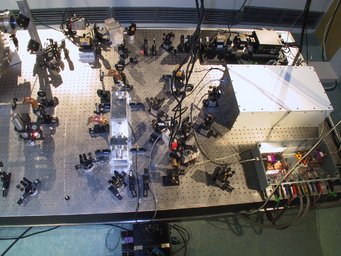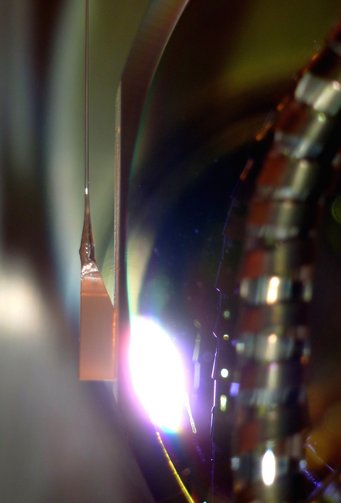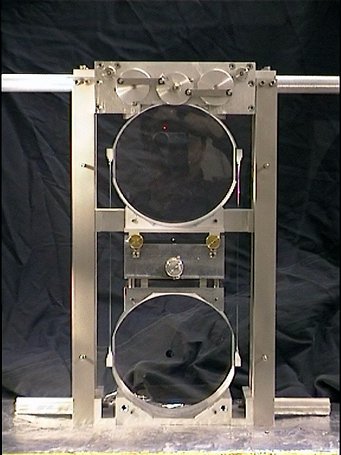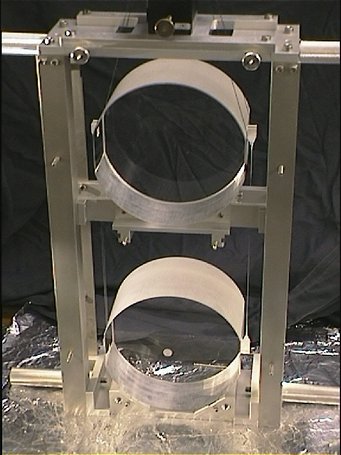January/February 2001
Optical components and their suspensions
Laser system
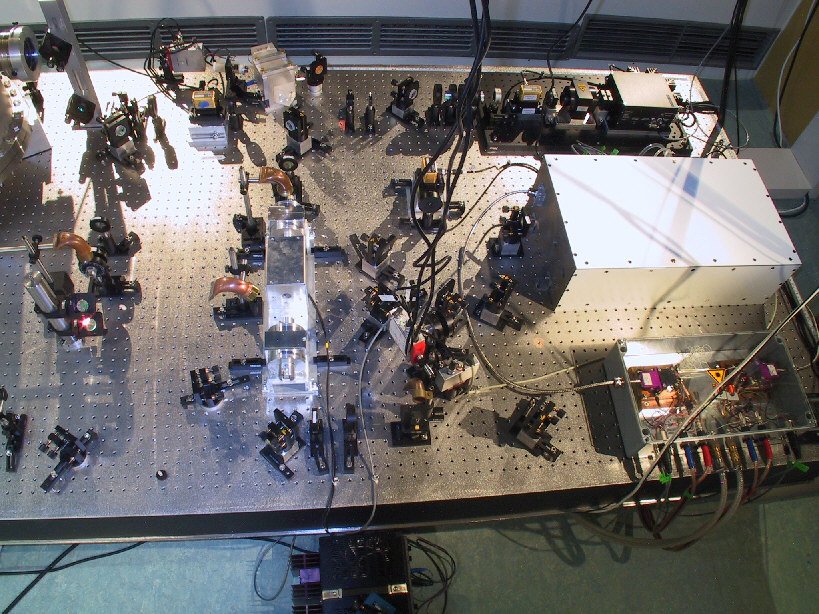
The injection-locked 14 W laser system has been installed at the site. It was decided to attenuate the power down to 1 W and to run the detector with low power until the installation of all mirrors will be finished. The injection locking showed stable performance, but occasionally the lock acquisition of the mode cleaners caused the slave laser to loose lock. This back action of the mode cleaner onto the laser needs more investigation even if an automatic re-lock system is available.
Suspension
The installation of the north-arm suspensions (beam splitter, near and far mirrors) including the local damping is almost finished. As soon as the mirrors arrive we will install them and then operate the Michelson interferometer. In this configuration the two far mirrors will be suspended from fused-silica fibers while the near mirrors and the beam splitter still have steel-wire suspensions. Mirrors and beam splitter have been polished by Waveprecision (former General Optics) and coated by REO. After the coating, prisms for the fused-silica suspensions have been bonded to the mirrors, in collaboration with the Stanford University. Once these bonds are cured, the mirrors will be ready for installation.
April 2001: Long term tests
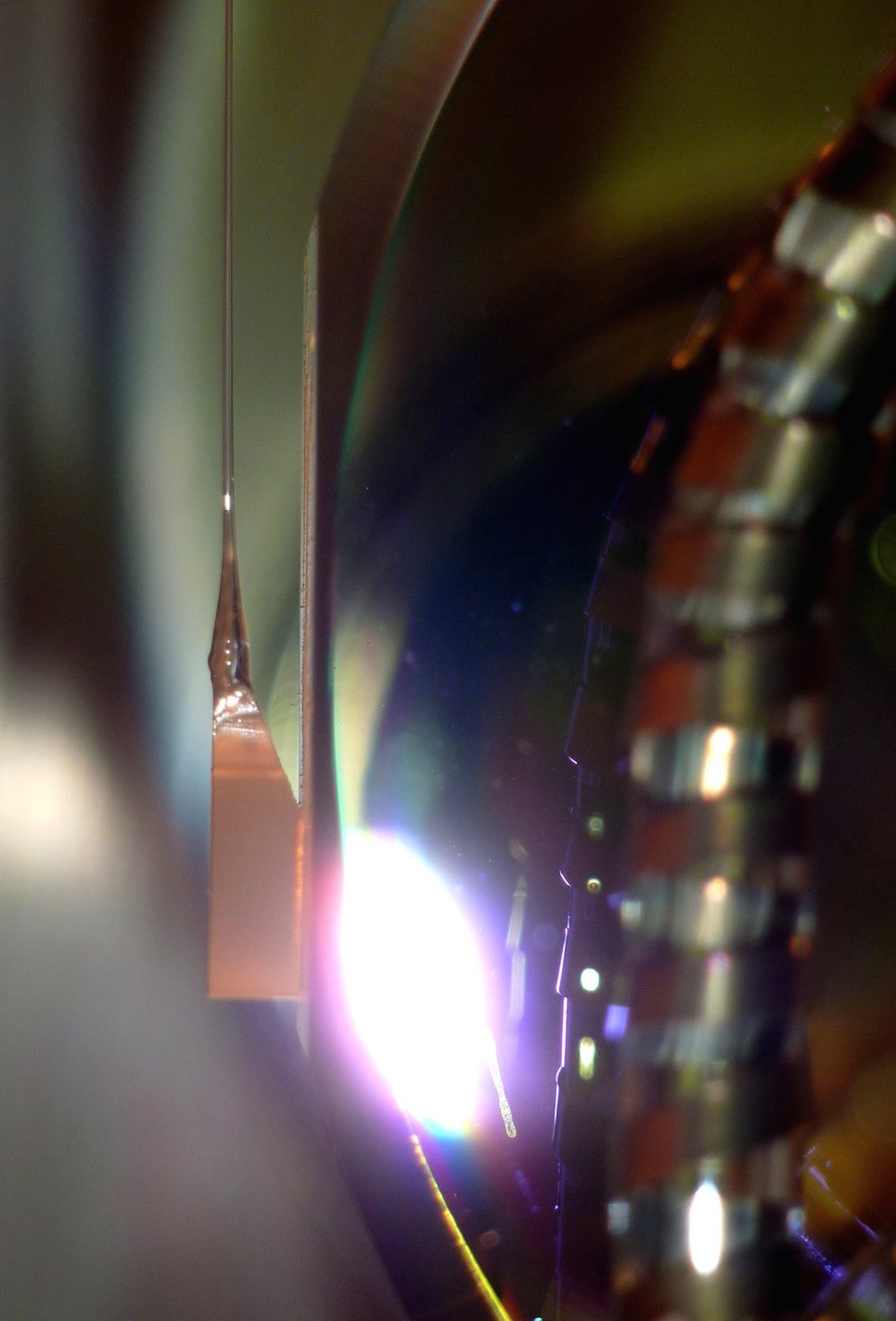
We have performed long term tests using the following configuration: 1 W laser, two sequential mode cleaners with automatic alignment control, and a 1200 m cavity between the power-recycling mirror and the east arm. (This arm has the folded configuration consisting of a far and a near mirror.)
Highlights: The two mode cleaners stayed in lock for up to 38 h. The longest locking time achieved for the 1200 m cavity was 8 h limited by alignment drift; this test has been done without an alignment-drift control.
Mode cleaners
After these tests the mode-cleaner vacuum system was opened in order to clean the mirrors of the first mode cleaner with CO2 snow. During the installation process this mode cleaner was exposed to air for a long time and even locked in air. This increased the scattering losses of the MC mirrors. The cleaning increased the visibility from 87% to 94%, and the throughput went up from 40% to 80%.
Summer 2001
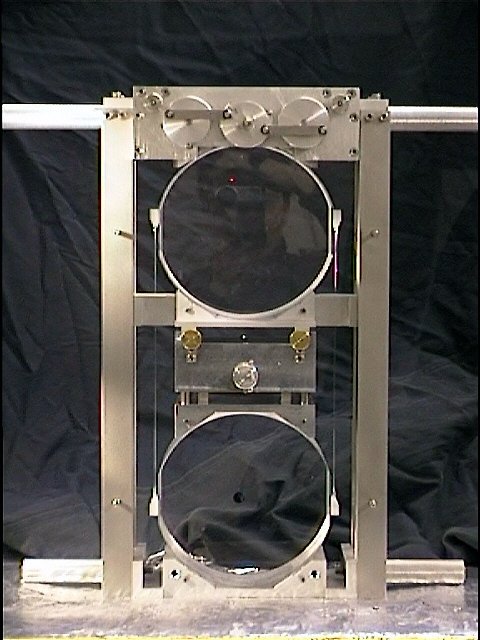
June 15: Suspension
In the north tank of GEO600 a monolithic fused silica suspension has been installed. This is the first fully monolithic suspension of a testmass worldwide. The monolithic suspension for the east tank is ready to be installed.
Data
At the same time the principal investigators of GEO and LIGO signed a Memorandum of Understanding concerning the sharing and joint analysis of data.
June 19
The monolithic suspension in the east tank has been successfully installed. Thus the first large interferometer with monolithic suspension is ready to start operation.
August 7
All the mirrors have been aligned (except for the signal recycling mirror which is not yet installed) and Michelson fringes have been observed with a period of about one second.
Fall 2001
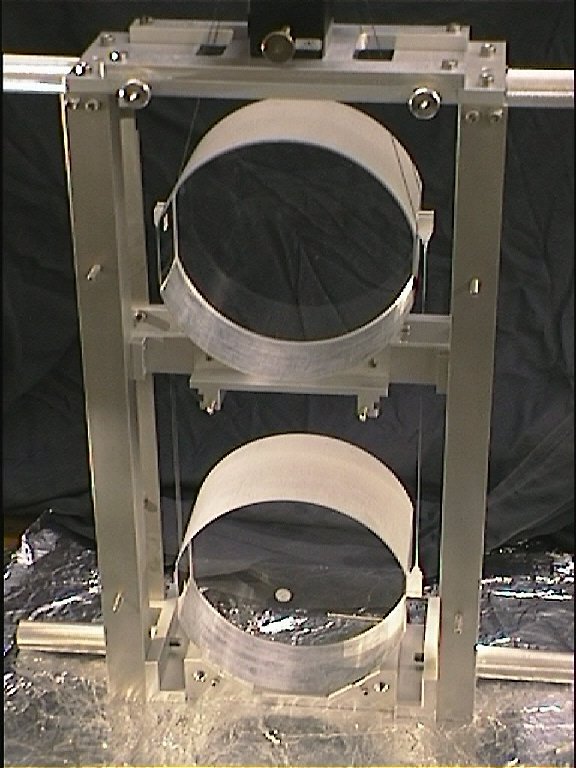
Early September
The power recycling cavity (PRC) locks for a couple of seconds while the Michelson passes through fringes. This is possible because we have an electronic automatic gain control in the PRC control loop.
Early October
The PR mirror is misaligned, so the PRC cannot be used and we have only feedback to the intermediate mass of the triple pendulum suspension. The Michelson locks on a mid-fringe operation point (not the dark fringe).
October 15 – 18
Performance of the first GEO testrun! We want to test the data acquisition system and the long term behaviour of the whole system. So we obtain data sets for the detector characterization that were taken under well defined conditions.
Early November
The power-recycled Michelson locks for a few seconds on a dark fringe. The feedback was given to the electrostatic drive allowing to exert a force between the lowest mass of the reaction pendulum and the mirror itself.
Mid-December
The power-recycled Michelson locks for 30 minutes on a dark fringe with the feedback given to the electrostatic drive and the magnetic actuator at the intermediate pendulum stage.
December 28, 21:00 UTC
Start of the test run of GEO600, in coincidence with LIGO (Hanford and Livingston), in order to test the performance and stability of the system as well as the acquisition and exchange of data
